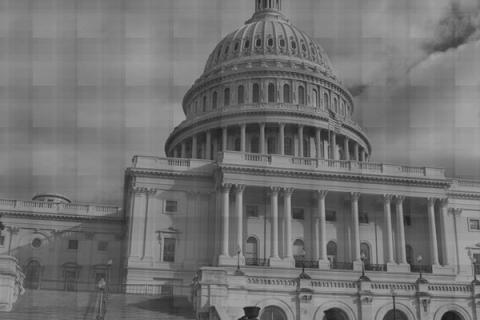Already faced with 12% unemployment, California consumers are now facing rising prices at the pump. A year ago, when markets were collapsing, gas averaged $1.99 a gallon in the golden state, but have recently risen to $3.04. Nationally, gas averaged $1.78 a year ago, but have risen to $2.75 a gallon. Analysts state that a sharp rise in the price of crude oil is driving the steady ascent. Oil is more than $40 a barrel more expensive compared to a year ago.
Oil experts claim that supply and demand don't warrant such a rapid increase in the price of oil at this time. Fadel Gheit, oil analyst at Oppenheimer & Co., stated that the numbers are "a good example of prices disconnected with the fundamentals of supply and demand, as was the case 18 months ago when oil prices peaked above $147 a barrel." He went on to add that oil prices remain elevated "despite high inventories, weak demand, and the largest OPEC spare capacity in years..."
Some analysts believe China's rapid economic rebound, tensions over Iran's potential nuclear program, and attacks on Nigerian oil installations served as catalysts for oil speculators. Others assert that massive government spending and unprecedented money printing at the Federal Reserve have significantly weakened the value of the Dollar, contributing to oil's price rise.
If oil's and gasoline's respective price hikes continue, the California and US economies may enter a period known as stagflation. High unemployment, stagnant growth, and high prices ruled the day back in the 70s, and some prognosticators fear a similar scenario may already be materializing. However, other forecasters predict a significant decline in oil and other asset prices during the second half of the year, as stimulus funds run dry and economic reality sets back in.
